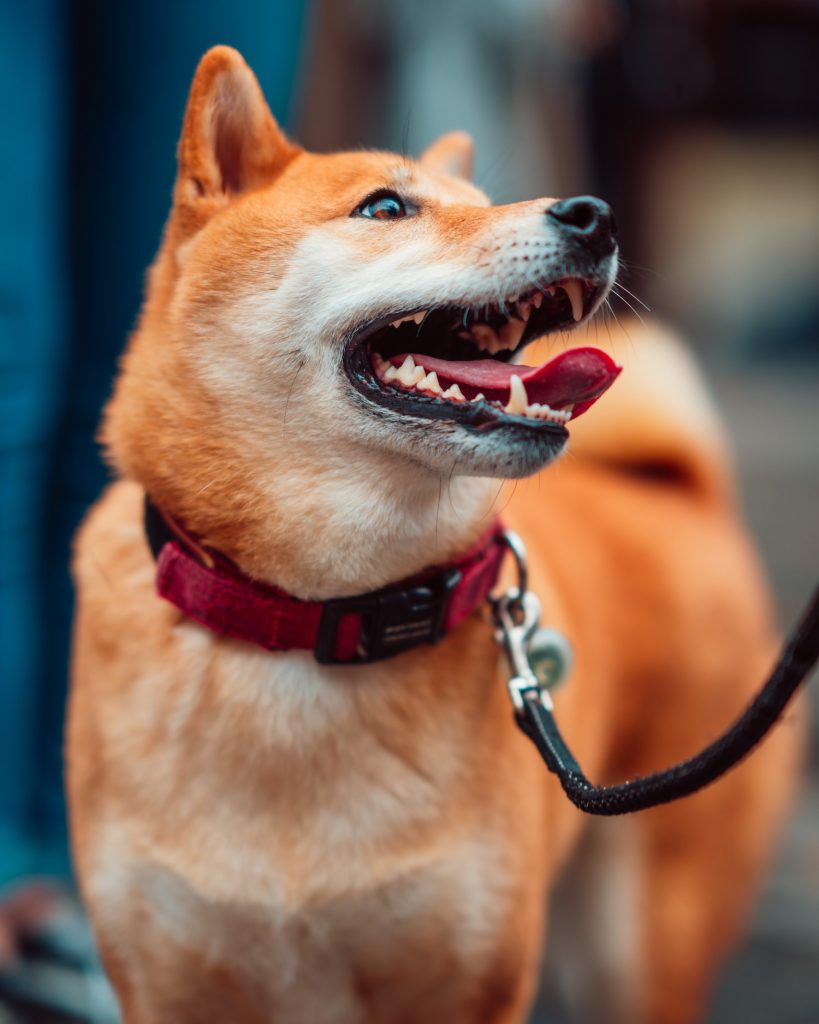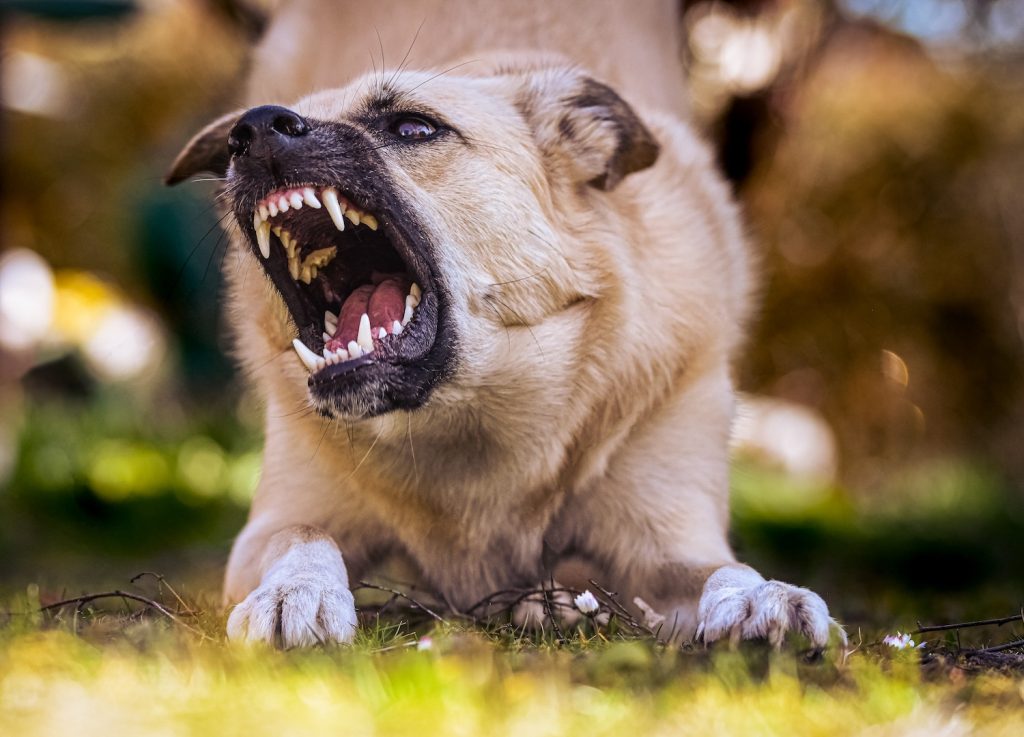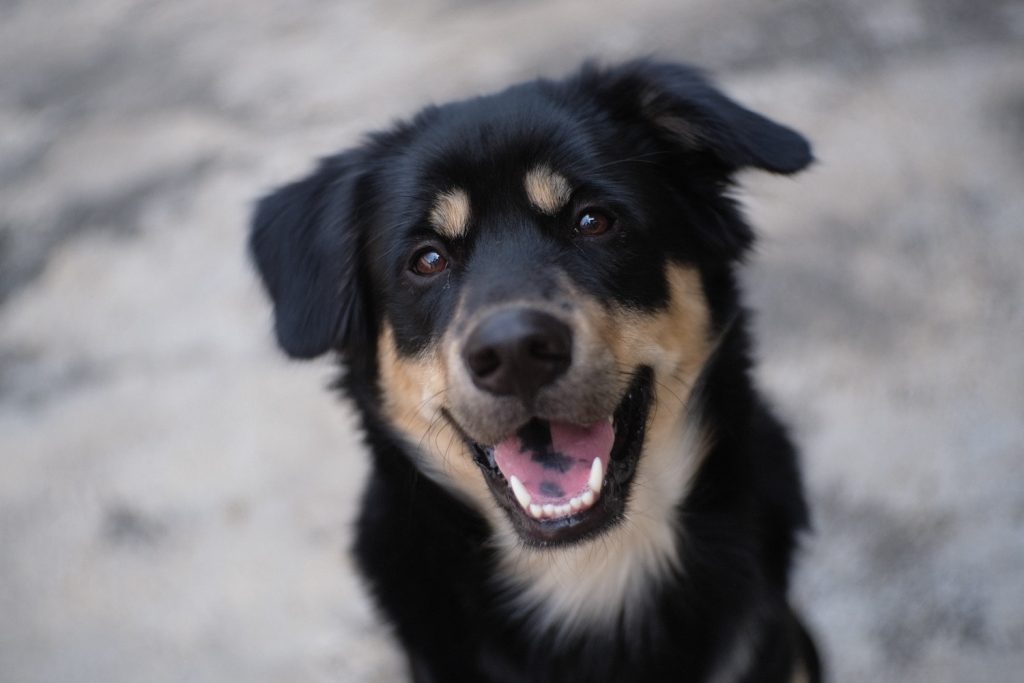The loss of canine teeth is an expected and typical phase of every dog’s development.
When a dog’s teeth are undergoing this transformation, it’s important for us as owners to be cognizant of the possibility that the dog’s teeth can develop issues that would negatively impact the dog’s health.
Let’s look at what happens during a dog’s tooth transition so we know how to best prepare for it.
In what ways do canine teeth differ from human ones?
Dogs naturally lose and as part of their life cycle. There is a transitional stage between the puppy teeth and the adult teeth in a dog’s mouth.
All of the dog’s deciduous teeth have been replaced, bringing the grand total to 42. The term “permanent tooth” is used to describe these types of teeth.
A dog’s tooth that has been fractured or decayed to the point of needing extraction cannot regrow.
Use this calculation to determine how many teeth a puppy under two months old has:
Multiplying by two (Doors three times, Fangs one time, Jaws three times, and Throat three times) yields 28 components.
There will be 12 incisors, 4 canines, and 12 premolars in your canine companion’s mouth.
Puppy “permanent” teeth formula, effective between 6 and 8 months of age:
Piece Count = 42 Door x 3 Fang x 1 Front Jaw x 4 Rear Jaw x 2
There are 12 incisors, 4 canines, 16 premolars, and 8 to 12 molars in a puppy’s mouth by the time he or she is 6 months old.
For the Formula:
Number of teeth on either side of the jaw on the same side is shown in brackets.
Each jaw contains three incisors, which is why there are three doors. Each character will be understood in this way if it has a corresponding one.
Counting teeth from outside in: incisors, canines, front molars, back molars.
Exactly when do canine teeth get replaced?
Puppies typically enter the world toothless.
By the time they are 3 or 4 weeks old, puppies will have developed sharp puppy teeth.
Infants have just incisors and canines at this time because they have to rely only on breast milk for nutrition.
Afterward, the dog’s teeth continue to develop for the next four months, culminating in a full set of 28.
The puppy’s teeth will eventually fall out, and the dog will get new ones as it matures.
For improved eating, the dog’s baby teeth will be replaced with a total of 42 permanent teeth in the upper and lower jaws.

The incisors come in first, then the premolars, and finally the canines.
Typically, a puppy will swallow his baby teeth without noticing or feeling any discomfort.
However, bleeding gums is a common indication of this shift in teeth and a sign that you should see a dentist very once.
The majority of puppies, however, will ultimately ingest their lost puppy teeth.
This process can take anywhere from 8 months to a year or more, depending on the dog’s environment, care, and nutrition.
How many times does a dog change teeth?
Similar to humans, dogs will change their teeth once. From baby teeth to permanent teeth.
When a dog’s teeth are changing, what should their owners pay attention to?
It’s crucial for dog owners to keep an eye out for indications of tooth loss in their pups once they reach the age of four months.
Even though dog teething is a simple and natural procedure that seldom causes problems, we still need to be prepared to get our dog through it as fast and painlessly as possible.
Owners should feed their dogs soft food during the tooth-evolutionary process
When a dog’s teeth are being replaced, the gums might get uncomfortable, thus soft meals are recommended at this time.
Dog owners can meet their pets’ increased protein needs by switching them from dry food to wet food or by providing pate.
The period when a dog’s teeth are coming in requires the owner to give the dog more calcium
If the infant is anorexic and stops eating at this time, you can feed the puppy milk to ensure it gets enough nutrition and to speed up the teething process.
While in transition, erect-eared dogs’ ears may momentarily drop. Why? Because new tooth development in dogs necessitates calcium.

When your dog is feeling under the weather, give him some milk and soft foods to boost his immune system.
In addition, pet owners may provide their canine companions with a balanced diet including calcium supplementation using tasty chewable pills made just for dogs.
Dog owners should stock up on toys and chewable items for their pets to utilize while their canines are undergoing tooth replacement
You don’t want to make this toy too challenging for your canine pal, but it should be challenging enough to encourage the extraction of the stray tooth.
Note, however, that in order to guarantee the safety of your dog, you should only buy toys from respected pet retailers, and that you should also pick toys that are the proper size for your dog’s mouth and teeth. easy.
Pet parents should do frequent dental checks on their canine companions
In order to ensure that the permanent teeth have completely erupted, owners often check the status of the baby teeth.
Most puppies’ teeth will naturally fall out and be replaced by their adult teeth.
The only issues are retained baby teeth, an excessive number of adult teeth, or a jaw that is not properly aligned.
When making the transition, smaller dog breeds like Shih Tzus and Yorkshire Terriers are more likely to experience dental issues.
If you’re not sure if there’s anything unusual, be sure to visit your vet for a dental checkup.
This way, you prevent the inflammatory problems that plague your dog.
In case both baby teeth and permanent teeth grow together, it is necessary to bring the dog to the veterinarian for timely medical intervention so as not to affect the chewing process later on.
Owners need to take care of the baby’s health because when the dog changes teeth, the immune system is weakened
Usually, during tooth replacement, the dog’s resistance will decline.
This will affect their health.
Dogs easily get diseases from parasites, fungi and bacteria.
Besides, they are also easily infected with diseases from the environment.
Therefore, you need to pay special attention to ways to prevent stress, other objective factors such as weather, transportation, etc.
In addition, factors from herd separation, change of owners, etc. also affect them.
You should take your pet in for a dental exam if you’re worried about anything strange.
With this method, you can protect your dog from the inflammatory diseases that have been plaguing him.
In the event that a dog’s baby teeth and adult teeth come in at the same time, prompt veterinary attention is required to prevent future chewing problems.
When a dog changes its teeth, its immune system weakens, therefore owners must take extra care to ensure the health of their infant
The dog’s resistance often drops when its teeth are replaced.
There will be repercussions for their health because of this.
Parasites, fungus, and bacteria pose serious health risks to canines.
They are also susceptible to environmental illnesses.
Consequently, you should focus on minimizing stressors and taking into account external elements like climate, accessibility to means of transportation, etc.
In addition, they are influenced by variables like as herd dispersal, ownership shifts, and climate change.
Also, make sure you’re monitoring their diet often. We can now avoid all diseases with full supplementation and a healthy diet.
Puppies are known to gnaw and bite more at the change of seasons.
You may prevent this by having on hand a specific teething ring that can be chilled in advance. Avoid training your dog to bite by providing positive reinforcement whenever you reach for his or her hand.
Puppies will often have increased saliva production when they are sick with diarrhea.
Owners should practice risk-free dental hygiene when caring for their dog
As early as possible, you should get into the habit of cleaning your dog’s teeth.
As a result, throughout the transition period, it’s important to provide your dog plenty of opportunities to practice good dental hygiene.
You should get a dog-sized toothbrush and canine-formulated toothpaste ready.
The best way to prevent your dog from becoming fascinated and terrified of the dentist is to wash its teeth on a regular basis in a calm and soothing manner.
The greatest possible oral health for dogs is achieved by regular dental treatment.
Even when the dog has finished losing its baby teeth, this should be kept in mind.
How serious are dental disorders, and how can they be resolved?
Canines, and to a lesser extent premolars and incisors, are most at risk of falling out during the transition from baby to permanent teeth.
When teeth do not erupt:
When new teeth do not erupt, this is known as “dental bud formation” or “non-evolving adult teeth”. When a tooth is lost, the space it leaves behind might encourage the growth of teeth that don’t belong there.
This might change the alignment of the two jaws and impair the bite.
Your dog’s ability to eat and chew may be affected if this is not corrected.
Failure to shed milk teeth typically results in:
The tooth refuses to come out, for whatever reason.
This can lead to significant crowding of the teeth and consequently crooked teeth.
When teeth are retained, the arch and jaws might become misaligned.
Remaining falling teeth can sometimes create a decrease of regular spacing between teeth.
This promotes the growth of bacteria and plaque between the teeth, which can cause gingivitis and eventually tooth decay.
Is there anything that can be done to fix these teeth issues?
If it’s clear that the remaining tooth or teeth won’t fall out on their own, extraction is the next best option.
As a general, a dog’s incisors will emerge after three months and canines and premolars after six months. If the teeth haven’t fallen out by then, we need to get rid of them.

However, if the condition persists or worsens, it’s advisable to take Fido to the vet so that he may check him thoroughly and remove any remaining baby teeth.
It’s important to keep in touch with your vet so you may ask any questions or voice any concerns you might have.
Is it necessary for the owner to take the dog to the vet after a tooth replacement?
In addition to being vaccinated during the puppy’s active tooth-changing phase, this is also when your dog should receive his or her first set of adult teeth. Thus, the parent should take the infant for a veterinary checkup.
Vaccinate your pets regularly
Between 1.5 and 2 months of age is ideal for a dog’s first immunization.
The health of the dog must be prioritized, thus the owner must pay close attention to the timing of vaccinations before, during, and after tooth replacement.
Vaccination schedules and schedule recommendations will be provided by veterinarians to pet owners.
Parvo, kennel cough, care, and infectious hepatitis,… are only some of the infectious illnesses that may be prevented with vaccines for dogs.
All dogs above the age of three months must have an initial rabies vaccination and a yearly booster shot.
When your baby is 1.5 months old, it’s time to take him to the vet to get him started on his vaccine program.
Prior to and after tooth extraction, deworm your dog
Until the dog is six months old, deworming should be done every month.
Dogs older than six months can be dewormed every three months.
In any case, this is a preventative deworming program for canines.
A deworming schedule should be consulted with the help of your dog’s attending veterinarian.
Keeping up with regular deworming can ensure your dog’s continued health and immunity.
If you start deworming at the right time, your infant will have a much easier time of it throughout the tooth-replacement phase.
Summary
Loss of canine teeth is an expected and typical phase of every dog’s development.
There is a transitional stage between the puppy teeth and the adult teeth in a dog’s mouth. All of the dog’s deciduous teeth have been replaced, bringing the grand total to 42. The term “permanent tooth” is used to describe these types of teeth.
At around 4 months of age, canines begin to undergo a complete set of tooth replacements. This process can take anywhere from 8 months to a year or more, depending on the dog’s environment, care, and nutrition.
Canines, like people, only go through a single complete set of tooth replacements in their lifetime. When primary teeth erupt, permanent teeth take over.
To help their dogs through the teething process, pet parents should provide softer foods, calcium supplements, appropriate chew toys, frequent dental checks, and careful attention to the dog’s overall health as a result of compromised immunity. Protective measures for the care and cleaning of a baby’s teeth.
While the infant is teething, the parents should take them to the vet to get them thoroughly dewormed and vaccinated on time.
A dog’s teeth are incredibly vital, so make sure you constantly clean them.
Get in touch with your vet if you have any concerns or queries!